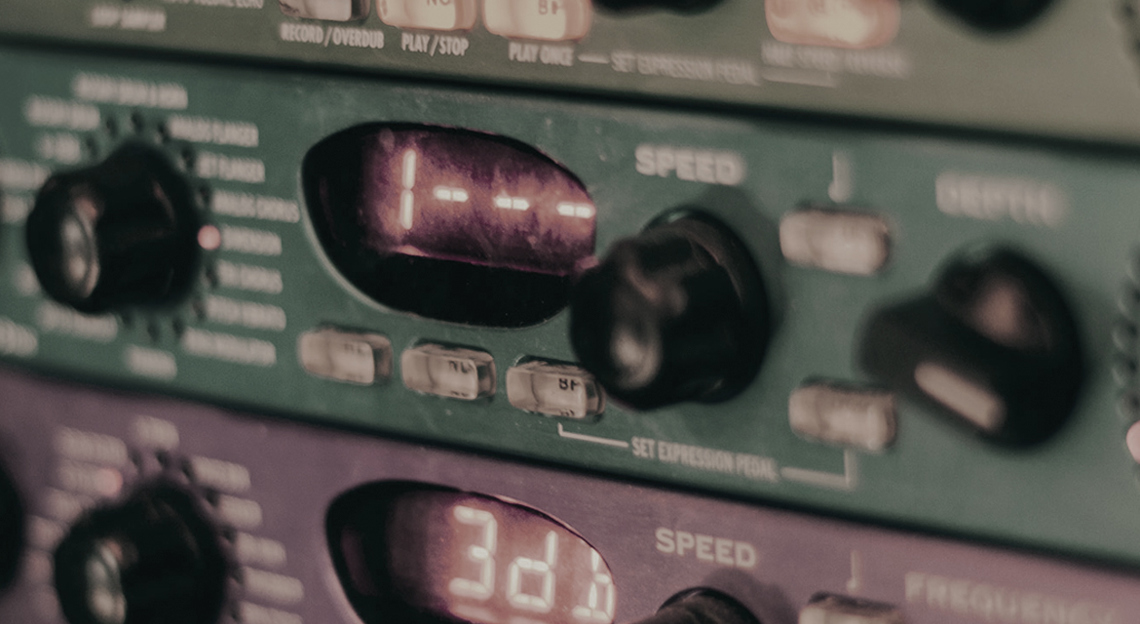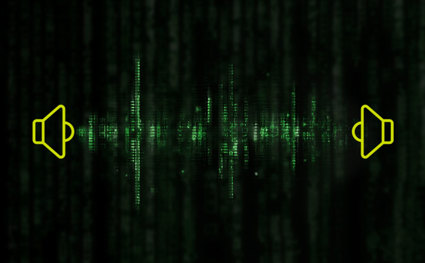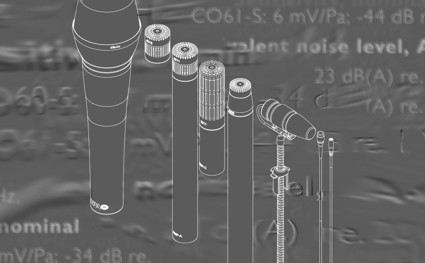10 things digital gizmos cannot correct for you
This article takes you through ten issues where digital processing cannot make things undone.

We apply digital techniques all over the place. However, it is worth remembering that even though digital is beautiful it’s not necessarily the answer to every problem; your voice is analog, many musical instruments are analog, the sound waves move in an analog fashion, and, most importantly, your ears are analog!
Here is a list of problems that cannot be solved no matter how fat your plug-ins seem to be.
Dynamic range is too low
If your recording level is too low, or your digital resolution does not involve a sufficient number of bits, you will experience a narrow dynamic range. There is no such plug-in as a “noise floor remover”. Some hiss-noise can be shaped and in this way made less audible. However, this is makeup – not enhancement of the dynamic range.
Distortion (clipping)
Distortion can happen in many ways. One simple – yet very audible – form is clipping, which occurs when you feed audio of too high a level into your input. When the original waveform has changed in this way, the signal is distorted. Looking at the spectrum a lot of harmonics (overtones) are introduced in the signal. Some smart algorithms can reduce “clean” clipping to an acceptable level. However, it is always audible to critical listeners. Other forms of distortion do not leave any chances for enhancement.
Distortion (intermodulation)
Another form of unrecoverable distortion is caused by intermodulation (IM). Very often the IM generates and adds some unwanted low frequency components to the spectrum. Incidentally, this can also occur in microphones. You can check how well (or badly) your microphones behave in that respect simply by recording the sound of a tambourine. Listen carefully to your recording and you will realize it is hard to get rid of the distortion. Some high-pass filtering may help, but of course it also changes the frequency response of the microphone.
Comb filtering
Comb filtering occurs when two microphones recording to the same track can hear the same sound but at slightly different distances from the sound source. The name comb filtering refers to the resulting frequency response that looks like a comb. If the sound source is moving you do not stand a chance of trying to correct the dips and bumps sweeping across the entire frequency range.
Bad mix (how to unmix?)
If you are not using a kind of mix automation and the final mix happens to sound bad, it is difficult to perform an “unmix” function. The guys in semantic audio are working hard to find algorithms that can do so. However, so far it is more for fun than for real.
Bad acoustics
When you record acoustic instruments, especially ensembles, the acoustics of the room is an essential part of the total image. If you record in a room where reverberation is too long it is not possible to subtract the reverberation, if the reverberation is too short you may add artificial reverberation. But very often the musicians have already tried to compensate for the missing reverberation by adding vibrato, by playing louder, etc., and the result is not the same as if played in the right acoustical surroundings.
Low-res files
When you make digital recordings remember to keep your files in a linear format and at the highest resolution possible (24 bit is better than 16). Once the recording is stored in a lossy bit compressed format, there is no return. No system can reinvent all the bits that were thrown away!
Poor separation
For multitrack recordings to be mixed down it is essential to have high separation between the tracks. This will give you a perfect freedom when you do mix. Poorly separated tracks add nothing to your mix; the final product will lack from definition and transparency and no digital devise can clear that up for you.
Geometric distortion
When placing microphones for stereo or surround it is very often the goal to establish a clear definition of the placement and directions of the sound sources. Sometimes more microphones are added in order to establish the right balance, for instance between groups in the orchestra. However, if you are not aware of the influence of adding different perspectives, the final image is very blurred and the positions of the individual sound sources seem very unclear. No digital process can redefine the recording geometry.
Wrong microphone
If you choose the wrong microphone for the job you cannot increase or move the dynamic range, you cannot add missing frequencies, you cannot reduce the “mud” due to bad resolution – there is no button that says MUD ±10. You may be able to compensate for the timbre or frequency balance of the microphone, but that is it.


